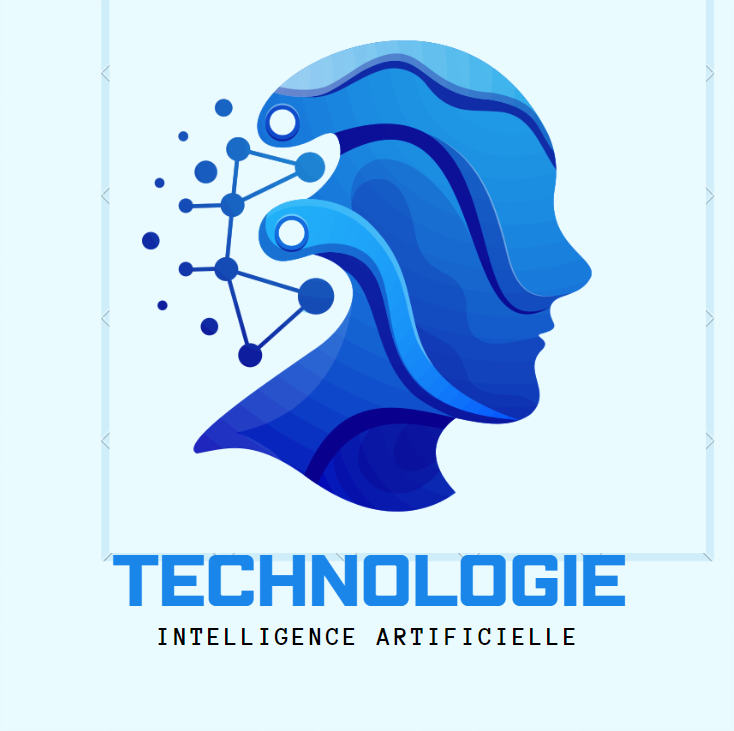Introduction to plant biotechnology ?
Plant biotechnology is a branch of biotechnology that involves the manipulation of plant organisms for various applications in agriculture, industry, and research.
It encompasses a wide range of techniques and technologies aimed at enhancing plant growth, productivity, and quality, as well as developing new plant varieties with desired traits.
What is plant biotechnology?
Plant biotechnology is a field of science that involves the application of technology and scientific methods to modify and improve plants for specific purposes. This discipline combines principles from biology, genetics, biochemistry, and molecular biology to develop new plant varieties with desirable traits, enhance plant growth and productivity, and solve agricultural, industrial, and environmental challenges
What are the applications of modern plant biotechnology ?
Plant biotechnology has a wide range of applications across various fields. Here are some key areas where it is applied:
- Crop Improvement: Enhancing crop yield, quality, and resistance to diseases, pests, and environmental stresses through genetic modification.
- Transgenic Crops: Developing genetically modified crops with desirable traits such as herbicide tolerance, insect resistance (e.g., Bt crops), and improved nutritional content (e.g., Golden Rice).
- Marker-Assisted Selection: Using molecular markers to select plants with desirable traits, speeding up traditional breeding processes.
- Phytoremediation:Using plants to clean up soil, water, and air contaminated with pollutants.
- Biofuels: Developing plants and algae for the production of renewable biofuels, reducing dependence on fossil fuels.
- Carbon Sequestration: Enhancing the ability of plants to capture and store carbon dioxide from the atmosphere.
3.Medical and Pharmaceutical:
- Biopharming: Producing pharmaceutical substances in plants, such as vaccines, antibodies, and therapeutic proteins.
- Nutraceuticals: Enhancing the nutritional content of plants to produce food with added health benefits.
- Molecular Farming: Using plants to produce complex biological molecules that are difficult to synthesize chemically.
4. Food Security:
- Food Fortification: Biofortifying crops to increase the content of essential vitamins and minerals to combat malnutrition.
- Shelf-life Extension: Developing crops with longer shelf life to reduce food waste.
5. Research and Development:
- Functional Genomics: Understanding the function of genes and their interactions in plant development and responses to the environment.
- Genetic Resources Conservation: Using biotechnological tools for the conservation and utilization of plant genetic resources, including the creation of gene banks.
6. Horticulture and Floriculture:
- Ornamental Plants: Developing plants with improved aesthetic qualities such as color, fragrance, and flower longevity.
- Propagation: Enhancing methods for plant propagation and micropropagation to produce large numbers of plants rapidly and consistently.
7. Industrial Applications:
- Biomaterials:Producing biodegradable materials and bioplastics from plants.
- Industrial Enzymes: Using plants to produce enzymes for various industrial applications, including food processing, textiles, and biofuels.
These applications highlight the significant role of plant biotechnology in advancing agriculture, environmental management, medicine, and various industries, contributing to sustainable development and improved quality of life.
Recent advances in crop transformation technologies
Recent advances in crop transformation technologies have significantly improved the efficiency, precision, and applicability of genetic modifications in various crops. Here are some key developments:
1. CRISPR-Cas9 and Gene Editing:
- CRISPR-Cas9 has revolutionized crop transformation by enabling precise gene editing. It allows for targeted modifications, such as gene knockouts, insertions, or replacements, enhancing traits like disease resistance, yield, and stress tolerance.
- Newer versions like CRISPR-Cpf1 (Cas12a) and CRISPR-Cas12b offer alternative tools with different cutting properties and target specificities.
2. Base Editing and Prime Editing:
- Base editing allows for precise single-nucleotide changes without creating double-strand breaks, reducing potential off-target effects.
- Prime editing, a more recent advancement, combines aspects of CRISPR and reverse transcriptase, enabling the correction of point mutations and small insertions/deletions with high precision.
3. Transformation Methods:
- Agrobacterium-mediated transformation remains a widely used technique for stable integration of foreign genes, especially in dicots.
- Biolistic (gene gun) methods are useful for monocots and plants that are recalcitrant to Agrobacterium infection.
- Innovations in protoplast transformation and polyethylene glycol (PEG)-mediated methods have improved the efficiency of transient gene expression studies.
4. Gene Delivery Technologies:
- Nanoparticle-mediated delivery systems are emerging as a non-toxic and efficient method to deliver DNA, RNA, or proteins into plant cells.
- Viral vectors have been optimized for high-efficiency gene delivery and transient expression, particularly in crops where stable transformation is challenging.
5. Synthetic Biology and Metabolic Engineering:
- Synthetic biology approaches are being used to design and construct novel metabolic pathways, enhancing the production of valuable compounds like vitamins, pharmaceuticals, and biofuels in crops.
- Gene stacking and synthetic promoter engineering enable the coordinated expression of multiple genes, enhancing complex trait development.
6. Genome Editing in Polyploid Crops:
- Techniques tailored for polyploid crops, such as wheat and potato, have been developed to address the challenges posed by multiple genome copies.
- Multiplexed CRISPR strategies allow simultaneous editing of multiple homeologous genes, improving trait modification efficiency.
7. Regenerative and Tissue Culture Technologies:
- Advances in tissue culture techniques, including the development of genotype-independent transformation protocols, have increased the range of transformable crops.
- Somatic embryogenesis and improved regeneration protocols have facilitated the transformation of recalcitrant species.
8. Regulatory and Ethical Considerations:
- Progress in regulatory frameworks and public acceptance is being made, with some countries adopting more lenient regulations for genome-edited crops compared to traditional GMOs.
- Ethical considerations and biosafety assessments are increasingly integrated into the development process to ensure responsible use of crop transformation technologies.
These advances collectively enhance our ability to modify crops for improved agricultural productivity, sustainability, and resilience, addressing global food security challenges.
Conclusion
Plant biotechnology has evolved into a powerful tool for addressing some of the most pressing challenges in agriculture and food security. Advances in genetic transformation technologies, particularly gene editing tools like CRISPR-Cas9, have revolutionized our ability to precisely modify plant genomes. These innovations enable the development of crops with improved traits, such as enhanced yield, disease resistance, and environmental stress tolerance.
التسميات
technology

